Unveiling the Depths: The Power of Hydro Excavation

In the dynamic world of construction and excavation, hydro excavation has emerged as a revolutionary method, offering unparalleled precision and efficiency. This innovative technique harnesses the power of high-pressure water and advanced vacuum systems to excavate soil, making it a game-changer in both urban and rural settings. Let’s delve into the depths of hydro excavation, understanding its capabilities, limitations, and strengths.
Maximum Depths Achieved by Hydro Excavation
The depth that hydro excavation can reach is a testament to its versatility. Typically, hydro excavation can achieve depths of around 30 feet, subject to varying soil and water conditions. This range, however, is just the starting point. More potent vacuum trucks, armed with advanced technology, can excavate up to an impressive depth of 60 feet. These machines provide precision in areas where traditional excavation methods falter.
In some instances, particularly with larger and more robust trucks, the depth can extend up to 20 meters. Custom-designed hydro excavation systems can push these boundaries even further, showcasing the method’s adaptability and capacity for deep excavation.
Navigating the Limitations
Despite its impressive capabilities, hydro excavation is not without its challenges. The effectiveness of this method can be influenced by the truck’s proximity to the excavation site. Trucks parked closer can reach deeper depths, emphasizing the need for strategic planning in project layouts.
Weather conditions, particularly extreme climates, can also pose limitations. In frozen soils, the use of hot water may be necessary to facilitate excavation, adding an extra step to the process. Additionally, while hydro excavation is celebrated for its precision, it requires careful operation to prevent potential damage to buried utilities.
Strengths of Hydro Excavation
Hydro excavation shines in its efficiency and safety, especially in urban construction projects where the risk of damaging existing utilities is high. Its non-invasive nature minimizes damage to underground infrastructure like pipes and cables. Adhering to industry best practices is crucial to maintain this safety standard and ensure responsible excavation.
Compared to traditional methods, hydro excavation is faster and more efficient. It requires less time for setup and execution, making it ideal for complex tasks. Its versatility extends to various applications, including slot trenching, potholing, and precision excavation.
Moreover, hydro excavation is an environmentally sustainable choice. It offers a lower environmental impact, providing targeted, low-impact, non-destructive digging solutions.
Conclusion: Harnessing Hydro Excavation’s Full Potential
Hydro excavation is undeniably a powerful tool in the arsenal of construction and excavation. Its ability to dig deep, combined with precision, speed, and sustainability, makes it a preferred choice for various projects. However, its full potential can be harnessed only by considering project-specific requirements, including ground conditions, weather, and truck proximity.
In conclusion, as we continue to embrace innovative technologies in construction, hydro excavation stands out as a technique that not only meets the demands of modern projects but also paves the way for a more efficient and sustainable future in excavation. For more insights and detailed exploration into this method, don’t forget to read our blog series on Hydro Excavation.
To get a quote today reach out to us here

